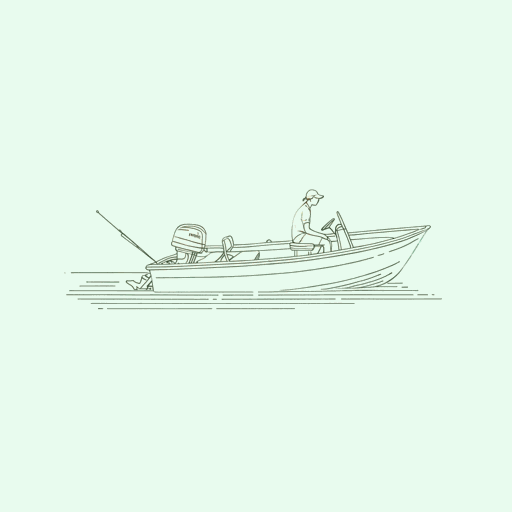71 pages • 2 hours read
Eden RobinsonMonkey Beach
Fiction | Novel | Adult | Published in 2014A modern alternative to SparkNotes and CliffsNotes, SuperSummary offers high-quality Study Guides with detailed chapter summaries and analysis of major themes, characters, and more. For select classroom titles, we also provide Teaching Guides with discussion and quiz questions to prompt student engagement.
Introduction
Teacher Introduction
Monkey Beach
- Genre: Fiction; supernatural; contemporary
- Originally Published: 2000
- Reading Level/Interest: College/adult
- Structure/Length: Approximately 377 pages; approximately 10 hours and 7 minutes on audio
- Protagonist/Central Conflict: The novel features Lisa Hill, a young Haisla woman from Kitamaat, British Columbia. The central conflict revolves around Lisa’s search for her missing brother, Jimmy, and her journey through memories and Haisla folklore. The narrative blends the supernatural with the reality of life in a Native community, exploring themes of family, identity, and loss.
- Potential Sensitivity Issues: Loss and grief; sexual assault; suicide; discrimination and abuses against Indigenous people; substance use disorder; family dysfunction; supernatural elements
Eden Robinson, Author
- Bio: Born 1968; member of the Haisla and Heiltsuk First Nations; Canadian author known for incorporating aspects of her Indigenous heritage into her writing; often explores the intersection of traditional beliefs and modern life in her works; recognized for her unique voice and storytelling ability
- Other Works: Son of a Trickster (2017); Trickster Drift (2018); Blood Sports (2006); Traplines (1996)
- Awards: Ethel Wilson Fiction Prize; Scotiabank Giller Prize (shortlisted); Governor General’s Award for English-language fiction (shortlisted)
CENTRAL THEMES connected and noted throughout this Teaching Guide:
- Communicating with the Dead
- The Strength of Family Connections
- The Importance of Haisla Culture
STUDY OBJECTIVES: In accomplishing the components of this Teaching Guide, students will:


